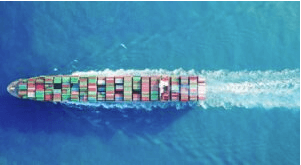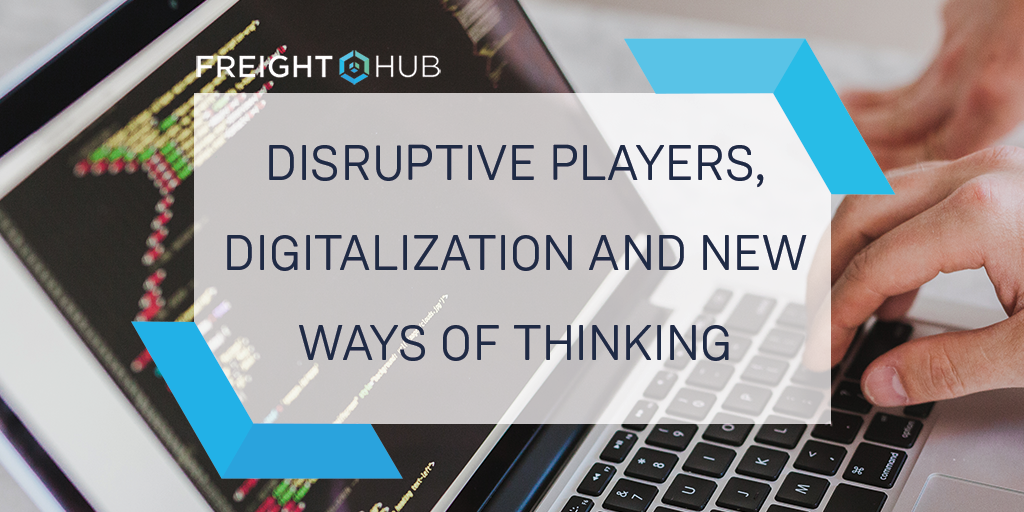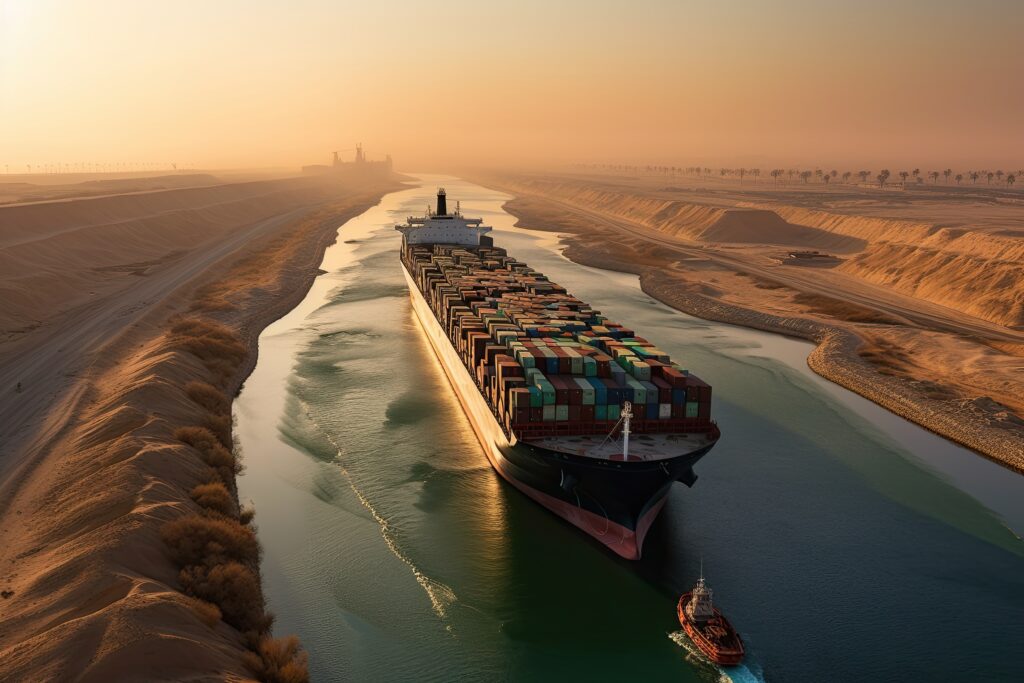In September 2017, shipping giants, retailers, manufacturers, supply chain experts, logistics vendors, policy practitioners and industry leaders met in Hamburg at the JOC Container Trade Conference Europe to discuss the future of shipping. Ahead of this meet-up, a debate was brewing.
The debate –in a nutshell – was this. With digitalization, is anything or everything new under the sun? Furthermore, if a big change is afoot, is that a good thing?
Business as Usual?
Sceptics on the significance of the role of disruptive players are quick to suggest that changes brought about by digitalization are quite small to date. The competitive advantage offered by marketplaces, digital freight forwarders, and venture capital-funded innovators is not truly competitive, they say. Service offerings from new entries into the freight forwarding sphere are merely “cosmetic” or “faddish.”
And anyway, the critics add, traditional shipping companies are keeping pace. Incumbent freight forwarders are developing or have developed digital platforms of their own. Shipping giants like Maersk or Kuehne+Nagel are currently investing heavily in technology.
And even if digital freight forwarders and digital marketplaces are the novel change agents they purport to be, say naysayers, it’s not the sea change we need or want.
A reduction in containers may actually be more important for shipping revenues than technological innovation, stated Peter Tirschwell in a recent article.
This thought was echoed by Kevin O’Marah with the reminder that “supply chain is physical.” “Marketing, sales, finance and IT tend to assume away things like melting points, cubic volumes, mold-flow rates and so on. Supply chain professionals must own the problem of making physical things happen, in volume, and at costs low enough to make profit”.
Industry Reboot
However, it is also true, in O’Marah’s words, that “Operational technology is catching up to information technology – digitalization is huge these days.”
We just have to “shift away from [from the mindset] that “digital equals computers” to digital in everything “ Operational technology “is disruptive because it changes the way that material and equipment behave. It’s important because these changes enable new business models that can be more personalized, less resource intensive and higher margin.”
Those who downplay the “sea changes” brought forth by disruptive players may be thinking exclusively of digital marketplaces when voicing their criticism. Indeed, focusing only on online price-aggregating sites is limiting. Taken as a whole, though, recent innovations in operational technology (cloud-based platforms, social collaboration systems, advanced robotics, drones, 3D printing, Uberization, IoT) are signaling that big change is here to stay for major users of container shipping services.
“It’s Complicated”
So what is new, then? — A lot, but it’s complicated.
When Thomas Kuhn first introduced the concept of “Paradigm Shift” in his ground-breaking work The Structure of Scientific Revolutions, he opened up new ways of thinking about how significant change takes place. When an entire worldview or landscape of an industry shifts, he explained, so, too, do the implications that come with it. New aspects of the supply chain that would never have been considered valid before become valid.
Just because the full range of change is hard to pinpoint and in flux doesn’t mean it isn’t happening. An intangible uniqueness of disruptive players is the freshness that comes from “starting from scratch”. Reverse-engineering digital business practices to fit an older company is more cumbersome. Plus, tech hubs and industries heavily funded by venture capital (insurtech, fintech, transport tech, etc) attract key talent, working nimbly in non-hierarchical, project-based teams to get things right the first time. The aim is not to improve an existing business model but to build from the ground up, with focus on cutting edge technology and customer experience.
Customers are different today. They don’t want to wait three to five days for delivery, they have expectations about buyer experience, visibility over a process, and stock availability of products. They dictate the brands they want. Shippers need to adjust their supply chains accordingly. More than ever, they need to rely upon relevant, timely, digital-based logistics service providers with service offerings that will help them fit in, do better and do more. E-commerce is growing more rapidly than in-store retail in a way that accommodates customers like never before. According to a Forrester study, e-commerce sales are expected to reach $550 billion by 2020, up from $373 billion in 2016. Amazon, recognizing and driving many of these new realities, achieved $23 billion more in US eCommerce sales in 2015 than in the previous year, representing around 60% of total online retail sales growth in the US.
What the Future Looks Like
Here are some examples of pivotal changes happening right now. These signs of change hint at a radical new future for the containerized shipping industry:
- Real-time data -It will become more and more du jour that shippers can and expect real-time, instant quotes and shipping solutions for all modes of transport (sea; air; sea/air; rail) with custom, intermodal options. Shippers can access the information they need on a single screen – with the ability to select the most competitive rates and most economical modes of transport while also considering environmental factors.
- E-commerce, Amazon and end-user consumer demand “The flowering of new models in and around e-commerce“ is monumental. The opportunities for sellers through Amazon FBA are boundless.
- Disruptions managed behind the scenes – In the near future, vessels’ API will be linked to trucking schedules. For example, if a vessel is delayed, the trucking company that moves the cargo from port to destination receives a notification. No manual interaction is needed on either side. The exception handling is a smooth, invisible process from order to delivery.
- Automated internal processes – More and more we will see automated internal processes to increase efficiencies. Staff is there to manage true exceptions only.
- Seamless service providers – 100% API connection with all service providers to increase efficiency on the service providers ends,’ too, will be the norm.
The Change is Continental
The EU recently released a new vision of an autonomous era in shipping. At a seminar on autonomous shipping at the European Parliament in Brussels, the European Commissioner for Transport painted a picture of autonomous vessels as one component of a wider platform of “a fully integrated multimodal network.” Users, infrastructure, and cargo will be linked with each other. Data will permit managing capacity in an improved manner. “In such a system,” the commissioner said, “an autonomous vessel will arrive in port and, thanks to the internet of things, the cargo itself will be aware where it needs to be and by when. Trains will no longer leave ports half-empty and the cargo will arrive at its destination on time and in perfect condition, having produced much less CO2, air pollution, noise and accidents that would be the case today,” she said. This vision matches up with one of Freight Hub’s visions whereby a delayed ship, for example, will be able to auto notify a truck operator.
Join the Conversation
What are your thoughts on how disruptors, digitalization, and new ways of thinking impact supply chain and the shipping industry? Let us know, leave your observation in the comments section below!








